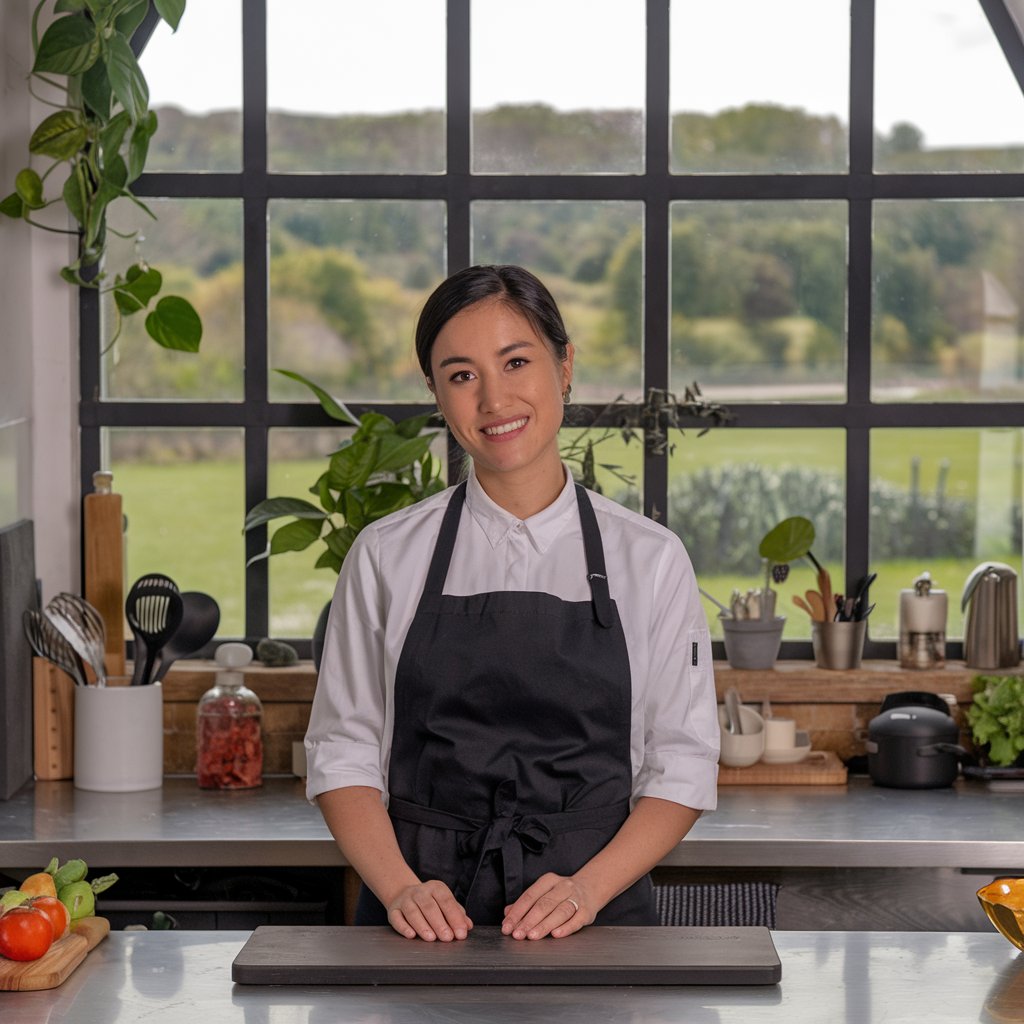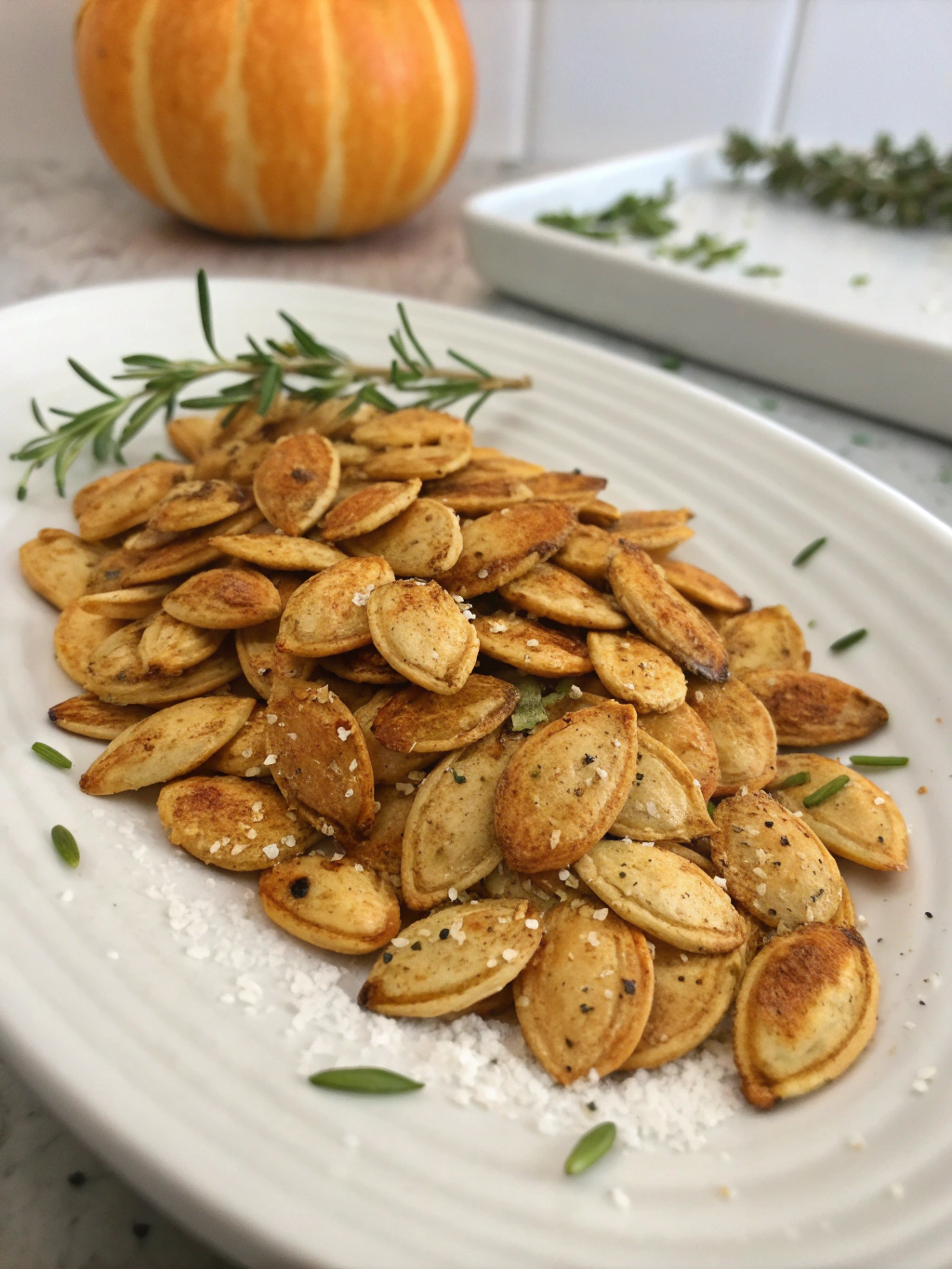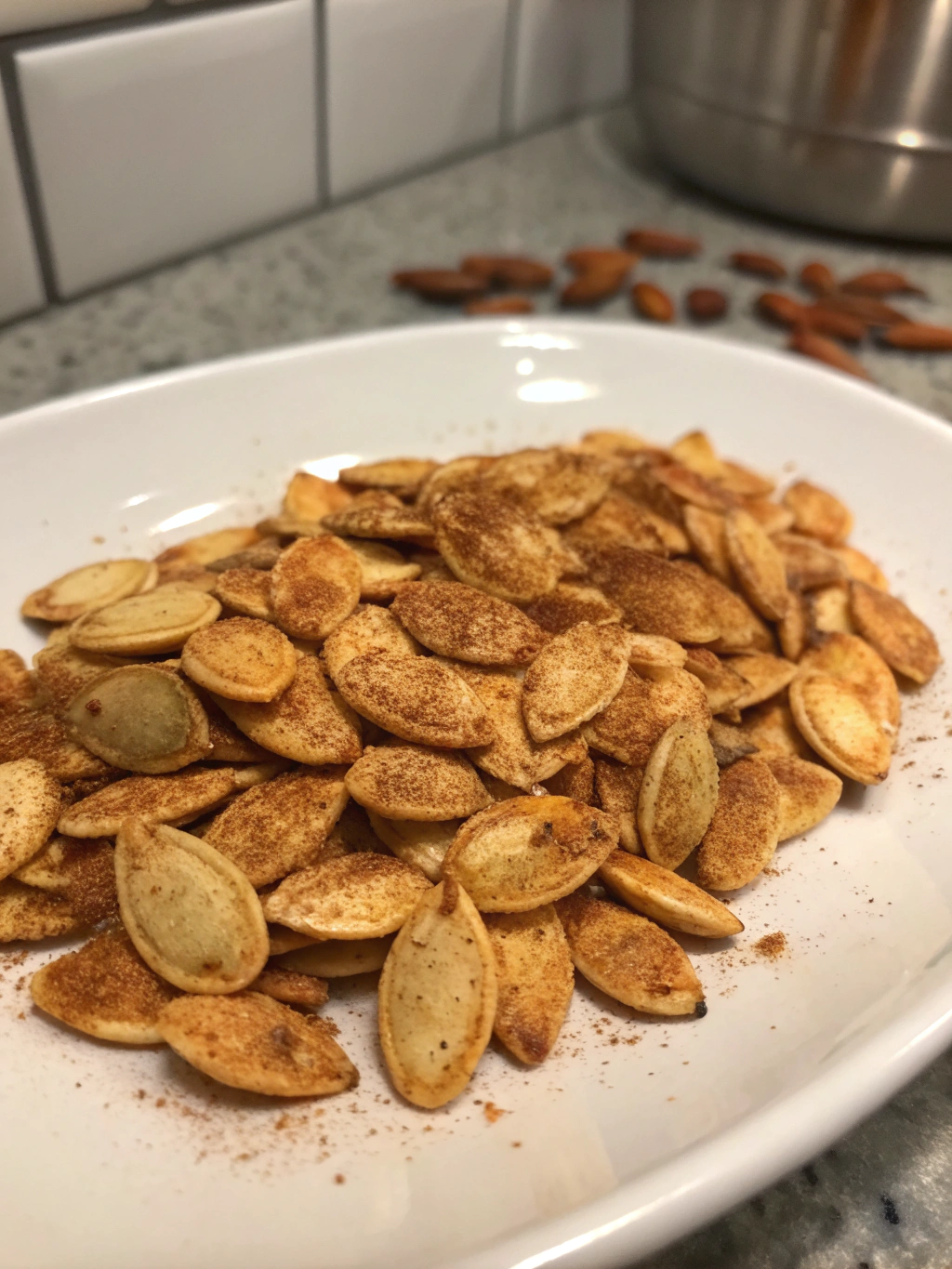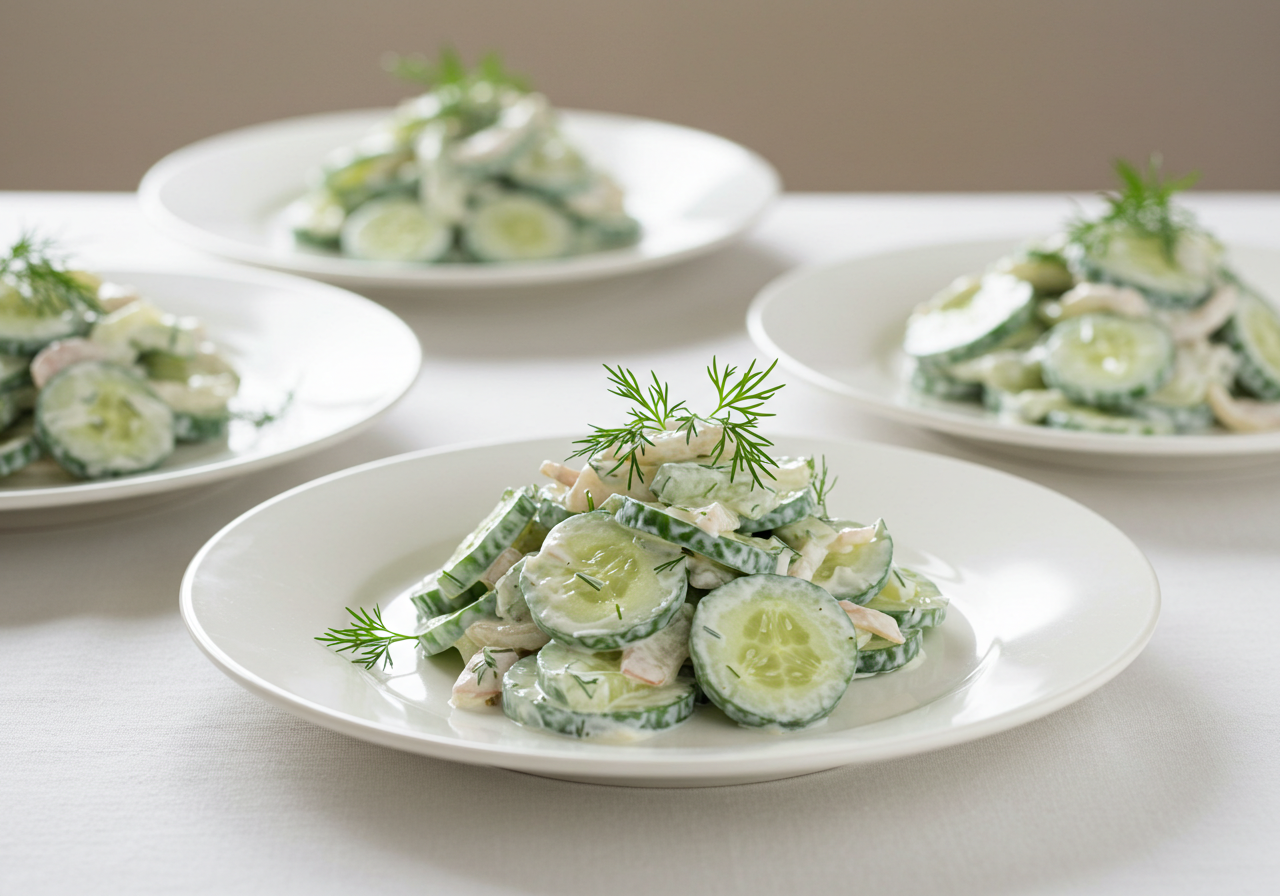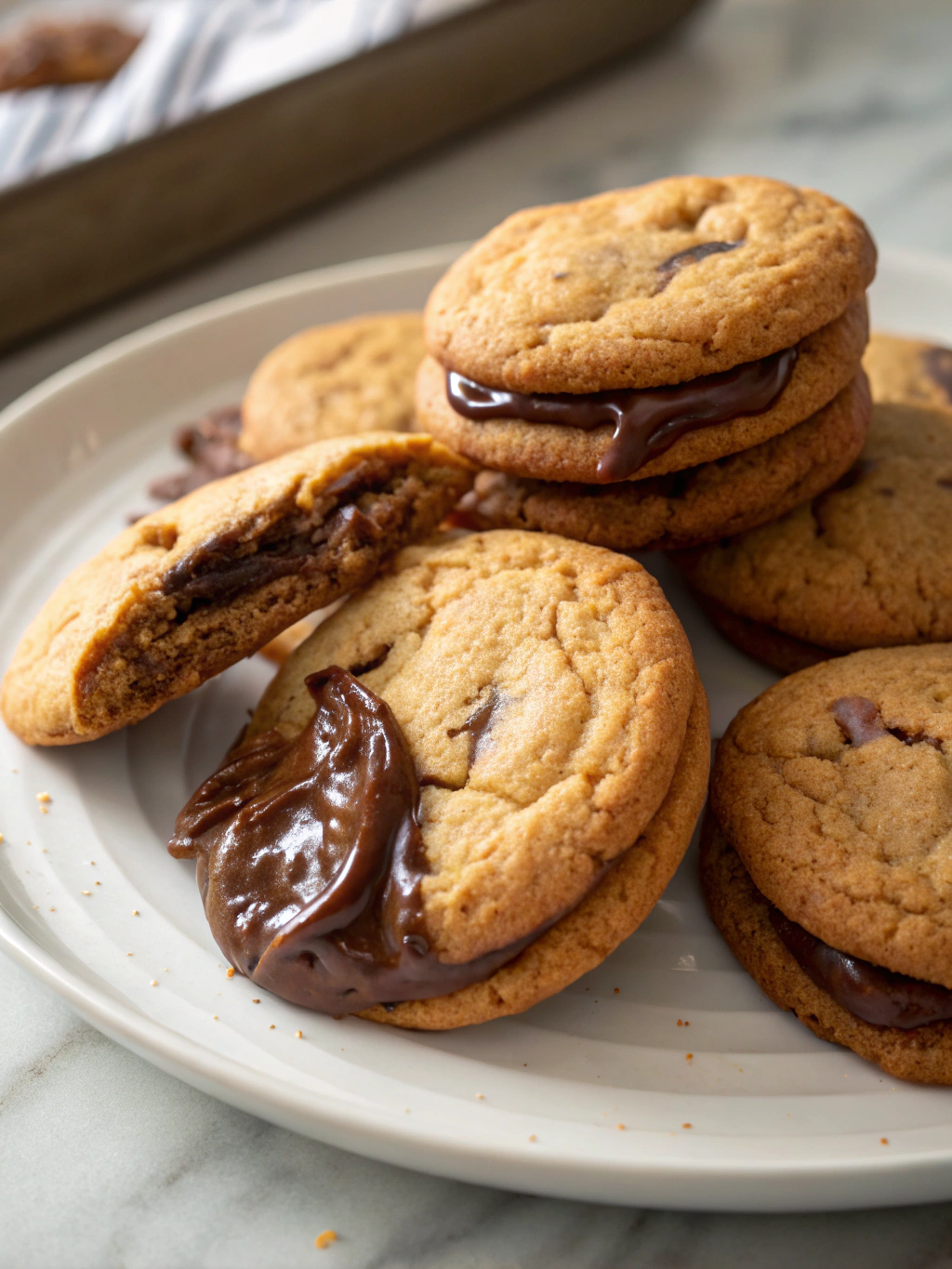Chicken Gyoza, the Japanese interpretation of the Chinese dumpling, has a storied past that dates back centuries. These delicious, crescent-shaped parcels were inspired by Chinese jiaozi, brought to Japan during the late Edo and early Meiji periods. Over time, gyoza evolved into a unique Japanese dish, with subtle modifications to the dough and filling to suit local tastes.
From humble beginnings in Japan, gyoza gained international acclaim after World War II. Japanese immigrants introduced them to the Western world, and the dish quickly became a favorite in Asian cuisine restaurants. Their simplicity and versatility allowed for endless adaptations, making gyoza a global culinary sensation.
Chicken Gyoza vs. Traditional Pork Gyoza
Why Choose Chicken?
While pork is the traditional choice for gyoza, chicken offers a lighter and healthier alternative. It’s a lean protein that still provides ample flavor while reducing fat content, making it ideal for health-conscious diners. Chicken also pairs exceptionally well with a variety of herbs and vegetables, enhancing the dish’s versatility.
Flavor and Texture Differences
Chicken gyoza delivers a distinct flavor profile compared to its pork counterpart. The natural mildness of chicken allows the seasonings, such as ginger, garlic, and soy sauce, to shine through more prominently. Texturally, chicken gyoza can be softer and less fatty, offering a lighter bite that pairs beautifully with crisped edges when pan-fried.
Ingredients for Making Chicken Gyoza
Key Components of Gyoza Wrappers
The wrappers are the foundation of any great gyoza. These thin, round sheets of dough are designed to hold the filling securely while maintaining a delicate texture. A good wrapper should be pliable yet strong enough to prevent tearing during folding and cooking.
Homemade vs. Store-Bought Wrappers
Homemade wrappers are a labor of love, offering unmatched freshness and texture. Made from a simple dough of flour, water, and salt, they allow for customization in thickness and size. However, store-bought wrappers are a convenient alternative and work well for most recipes, saving time without sacrificing much on quality.
Gluten-Free Options
For those with gluten sensitivities, gluten-free wrappers are a fantastic option. Made from rice flour or other alternative grains, these wrappers provide a slightly different texture but are just as delicious. They’re widely available in specialty stores or can be made at home with a bit of experimentation.
Chicken Filling Essentials
Selecting the Right Chicken
Choosing the right chicken is key to a flavorful filling. Ground chicken is the most common choice, as it blends well with other ingredients and is easy to handle. Opt for a mix of white and dark meat to balance leanness with juiciness. If grinding your own chicken, ensure it’s finely minced for a smooth, cohesive filling.
Flavor Enhancers: Vegetables, Herbs, and Spices
The magic of chicken gyoza lies in its combination of flavors. Add finely chopped vegetables such as cabbage, scallions, or mushrooms for texture and moisture. Fresh ginger, garlic, and soy sauce are essential for a savory, aromatic kick. Sesame oil and a dash of rice vinegar can elevate the filling with subtle depth.
Dipping Sauce Options
Traditional Soy-Based Sauces
The classic dipping sauce for gyoza is a simple mix of soy sauce, rice vinegar, and a touch of sesame oil. This combination perfectly balances salty, tangy, and nutty flavors, complementing the richness of the dumplings.
Unique Twists on Dipping Sauces
For a creative spin, try sauces with added chili oil for heat, honey for sweetness, or citrus juice for brightness. Peanut sauce or a miso-based dip can also provide a delightful fusion twist, catering to different palates and preferences.
Step-by-Step Guide to Making Chicken Gyoza
Preparing the Chicken Filling
Mixing Ingredients for Optimal Texture
To achieve a cohesive and tender filling, combine ground chicken with finely chopped vegetables like cabbage and scallions. Add seasonings such as grated ginger, minced garlic, soy sauce, and sesame oil. For a smooth mixture, stir in one direction until the filling becomes slightly sticky—this helps bind the ingredients together for easy wrapping.
Balancing Flavors in the Filling
A perfect filling balances savory, umami, and aromatic flavors. Adjust seasonings to taste, adding a pinch of salt, a dash of rice vinegar for brightness, or chili flakes for a subtle kick. Taste-test the filling by cooking a small portion to ensure the flavor is well-balanced before assembling the gyoza.
Wrapping the Chicken Gyoza
Different Folding Techniques
- Simple Half-Moon Fold: Place a small spoonful of filling in the center of the wrapper, fold it in half, and seal the edges tightly.
- Pleated Edge Fold: Create pleats along one side of the wrapper while pressing it against the flat side to form the signature crescent shape.
- Open-Top Dumplings: Leave the top open for a unique presentation, perfect for steaming or boiling.
Tips for Sealing Gyoza Properly
Moisten the edge of the wrapper lightly with water before sealing to ensure it sticks well. Press firmly to avoid gaps, as they can cause the filling to leak during cooking. For extra security, double-check the seal before cooking.
Cooking Methods
Pan-Frying for Crispy Results
- Heat a non-stick skillet over medium-high heat and add a thin layer of oil.
- Place the gyoza flat side down in the pan and cook until the bottoms turn golden brown.
- Add a splash of water (about ¼ cup), cover, and steam until the wrappers are translucent and the filling is fully cooked.
- Remove the lid and let the water evaporate, allowing the bottoms to crisp up again before serving.
Steaming for a Healthier Option
- Arrange gyoza in a steamer lined with parchment paper or cabbage leaves to prevent sticking.
- Steam over boiling water for 8–10 minutes, or until the wrappers are tender and the filling is cooked through.
Boiling and Deep-Frying Techniques
- Boiling: Cook gyoza in a pot of boiling water for 4–5 minutes. Remove with a slotted spoon and serve with dipping sauce.
- Deep-Frying: Heat oil to 350°F (175°C) and fry gyoza until golden brown and crispy, about 2–3 minutes. Drain on paper towels before serving.
By mastering these techniques, you’ll enjoy perfectly cooked chicken gyoza every time, with a balance of crispy edges, tender wrappers, and flavorful filling.
Tips for Perfect Chicken Gyoza Every Time
Common Mistakes to Avoid
Overfilling the Wrappers
One of the most common mistakes is overloading the wrapper with filling. Overfilling makes it difficult to seal the edges properly, often leading to leaks during cooking. Use a small amount of filling—about a teaspoon per wrapper—and resist the urge to add more, ensuring a secure and tidy seal.
Skipping the Sealing Process
A proper seal is essential to prevent the filling from escaping and the dumplings from falling apart during cooking. Always moisten the edges of the wrapper and press firmly to create a tight seal. For added security, double-check the seal before cooking, especially if you’re pan-frying or boiling.
How to Achieve the Perfect Crispy Base
The hallmark of great pan-fried gyoza is a golden, crispy base. To achieve this:
- Use a non-stick skillet and a small amount of oil to prevent sticking.
- Arrange the gyoza in a single layer without overcrowding the pan.
- Let the gyoza cook undisturbed until the bottoms are deeply golden before adding water for steaming.
- After the water evaporates, leave the dumplings in the pan briefly to restore crispiness.
Adjusting Seasoning to Personal Taste
The beauty of homemade gyoza lies in customization. Taste-test your filling before assembling the dumplings by cooking a small portion. Adjust salt, soy sauce, garlic, or ginger to suit your preference. Feel free to add a touch of heat with chili flakes or balance flavors with a splash of vinegar or sugar. Tailoring the seasoning ensures a dish that reflects your unique palate.
Serving and Pairing Chicken Gyoza
Best Ways to Present Gyoza
Plating Techniques
To highlight the golden, crispy texture of your chicken gyoza, arrange them in a neat circular pattern or a straight line on a flat serving plate. Ensure the crisped side faces upward for visual appeal. Serve with a small bowl of dipping sauce placed in the center or alongside the gyoza.
Garnishes to Enhance Appearance
Enhance the presentation with vibrant garnishes such as finely sliced scallions, toasted sesame seeds, or a sprinkle of chili flakes. A drizzle of chili oil or a dash of soy sauce over the plate can add a touch of sophistication.
Side Dishes and Drinks to Complement Gyoza
Traditional Japanese Pairings
Pair chicken gyoza with classic sides like miso soup, steamed rice, or a light cucumber and seaweed salad. A glass of cold Japanese beer or hot green tea makes for a harmonious pairing.
Fusion and International Ideas
Explore fusion pairings such as serving gyoza with a tangy slaw, spicy kimchi, or even a creamy avocado dip. For drinks, try sparkling water infused with citrus or a crisp white wine to balance the rich flavors of the gyoza.
Variations of Chicken Gyoza
Spicy Chicken Gyoza
Add a kick to your chicken gyoza by incorporating chili paste, minced jalapeños, or a dash of cayenne pepper into the filling. Serve with a spicy dipping sauce like sriracha mixed with soy sauce for an extra punch of heat.
Vegetarian and Chicken Combos
For a lighter variation, combine ground chicken with a higher ratio of vegetables such as mushrooms, carrots, or spinach. This combo provides a balanced texture and an extra boost of nutrition.
Global Fusion Styles
Experiment with flavors from around the world:
- Thai-Inspired Gyoza: Add lemongrass, Thai basil, and a hint of coconut milk to the filling. Pair with a sweet chili dipping sauce.
- Italian-Inspired Gyoza: Use chicken seasoned with garlic, parsley, and Parmesan, and serve with a marinara dipping sauce.
- Mexican-Inspired Gyoza: Incorporate diced jalapeños, cilantro, and a touch of cumin, and serve with a lime-infused sour cream dip.
These variations bring exciting twists to the traditional recipe while showcasing the versatility of chicken gyoza.
Storing and Reheating Chicken Gyoza
How to Store Freshly Made Chicken Gyoza
If you’ve prepared gyoza in advance but haven’t cooked them yet, arrange them in a single layer on a parchment-lined tray to prevent sticking. Cover with plastic wrap and store in the refrigerator for up to 24 hours. Avoid stacking as it can cause the wrappers to stick together.
Reheating for Optimal Texture and Flavor
For cooked gyoza, reheat using methods that preserve their texture:
- Pan-Frying: Heat a non-stick skillet with a small amount of oil, place the gyoza in the pan, and re-crisp the bottoms while warming through.
- Steaming: Use a steamer to gently reheat without drying them out, ideal for soft and tender results.
- Microwave: While convenient, this method can make the wrappers chewy. Cover with a damp paper towel to retain moisture.
Freezing Tips for Long-Term Storage
To freeze gyoza, place them in a single layer on a tray and freeze until firm. Once solid, transfer them to a resealable freezer bag, ensuring no air is trapped inside. Frozen gyoza can be cooked directly from frozen—simply add a few extra minutes to the cooking time.
Nutritional Benefits of Chicken Gyoza
Healthier Protein Alternatives
Chicken gyoza is a leaner option compared to traditional pork versions, offering lower fat content while still providing ample protein. For an even healthier alternative, use ground chicken breast or mix chicken with high-protein plant-based ingredients like tofu.
Caloric Breakdown
On average, one chicken gyoza contains about 35–50 calories, depending on the size and ingredients. They are a moderate-calorie snack or meal option, especially when steamed rather than fried.
Tips for Making Low-Calorie Gyoza
- Use whole-wheat or gluten-free wrappers for added fiber and reduced calorie content.
- Replace higher-calorie ingredients with vegetables such as mushrooms, zucchini, or cabbage to add volume without adding significant calories.
- Minimize the use of oils during cooking, and opt for steaming as a primary cooking method.
By following these tips, chicken gyoza can be a nutritious, satisfying meal that fits a variety of dietary needs.
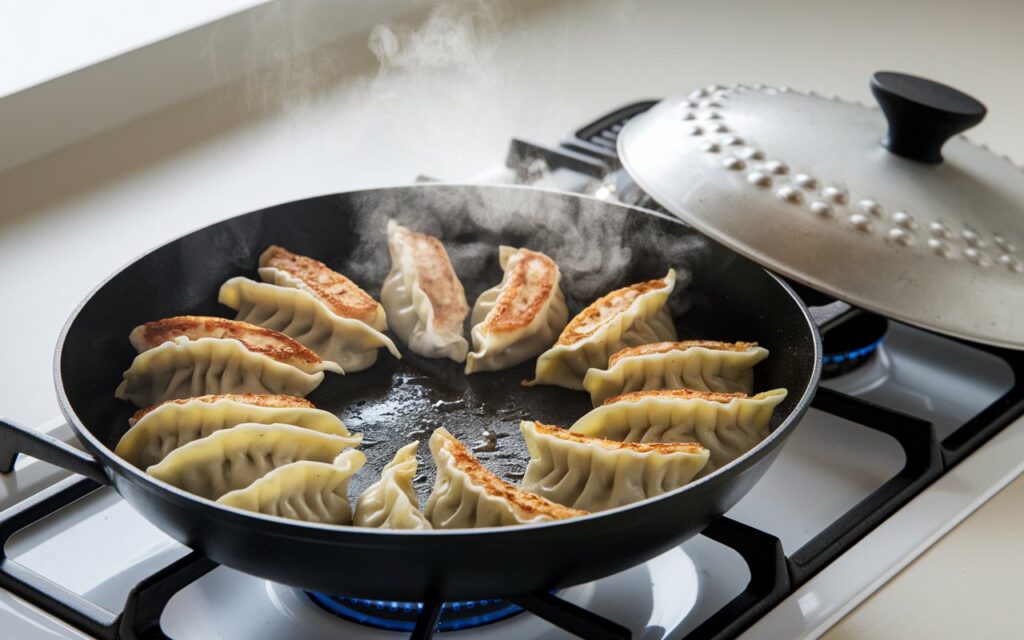
if you’re looking to expand your chicken gyoza recipe repertoire, you might enjoy exploring crispy chicken salad for a complementary dish or pairing your gyoza with a Mexican chicken salad for an innovative fusion twist. Additionally, check out the instant pot chicken tacos for more creative ways to enjoy chicken-based recipes. These dishes align beautifully with the flavors of chicken gyoza and offer inspiration for creating diverse meals.
Conclusion
Why Chicken Gyoza Is a Must-Try Dish
Chicken gyoza combines the savory, aromatic flavors of traditional Japanese dumplings with a lighter, healthier twist. Its versatility, ease of preparation, and ability to pair with a variety of sauces and sides make it a standout dish for any occasion. Whether you’re a seasoned cook or a beginner, mastering chicken gyoza is a rewarding culinary journey.
Encouragement to Experiment with Recipes
Don’t be afraid to get creative with your gyoza. From experimenting with fillings to trying new folding techniques, there’s endless room for personalization. Whether you stick to traditional recipes or explore fusion-inspired variations, chicken gyoza is a dish that can adapt to your tastes and preferences.
FAQs
How long does it take to make chicken gyoza from scratch?
Making chicken gyoza from scratch takes about 1.5 to 2 hours, including preparing the filling, wrapping the dumplings, and cooking them. Using store-bought wrappers can save time and bring the total down to about an hour.
Can I use ground turkey instead of chicken in gyoza?
Yes, ground turkey is an excellent substitute for chicken. It has a similar texture and flavor profile, making it a suitable alternative in gyoza recipes. Just ensure that the turkey is finely ground for a cohesive filling.
What’s the best way to keep gyoza from sticking to the pan?
Use a non-stick skillet and a small amount of oil to prevent sticking. Additionally, avoid overcrowding the pan, and allow the gyoza to cook undisturbed until the bottoms develop a crisp crust before adding water for steaming.
Are there vegan alternatives for chicken gyoza?
Absolutely! You can replace chicken with plant-based proteins like crumbled tofu, tempeh, or mashed chickpeas. Combine these with a mix of finely chopped vegetables, such as mushrooms, cabbage, and carrots, for a flavorful vegan filling.
Can chicken gyoza be made gluten-free?
Yes, chicken gyoza can be made gluten-free by using wrappers made from rice flour or other gluten-free alternatives. Additionally, use gluten-free soy sauce and seasonings in the filling and dipping sauces to ensure the entire dish is gluten-free.


